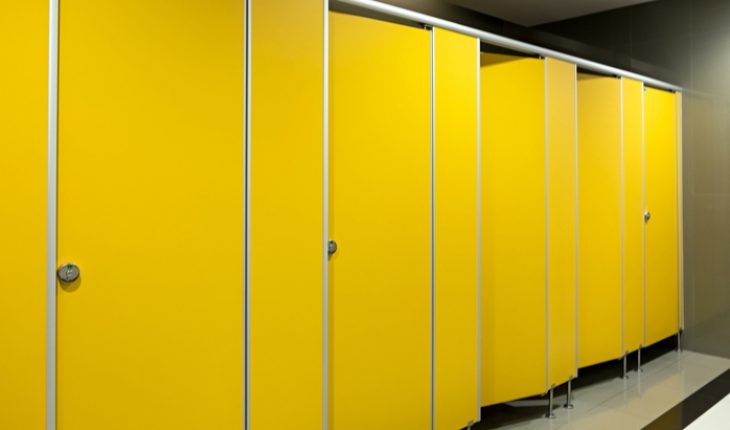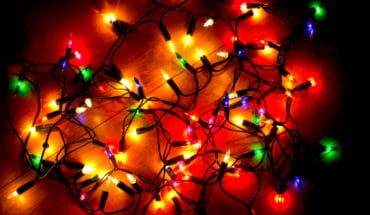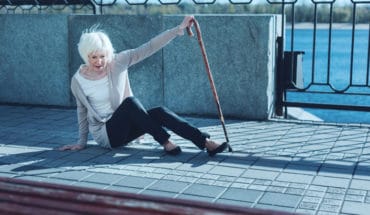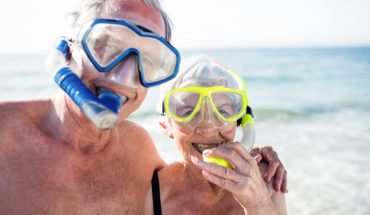While the medical community searches for a reliable biological marker or a clinical test which could define Overactive Bladder Syndrome (or OAB), it is safe to assume that it is exactly what the name suggests, and it causes significant inconvenience, to say the least. Imagine embarking on a journey by public transport involving changes of bus and train for instance – and then as another layer of complication, try to factor in where public toilets might be found en route. That’s because it’s not going to be possible to make it from A to B without going via several of those considering the bladder will be contracting often, spontaneously and possibly involuntarily.
Quality of life is a big issue here. This needs to be front of mind when considering treatment options. Considering the pathology behind the condition is still unclear, it is encouraging that new possibilities are emerging.
Quality of life is a big issue here. This needs to be front of mind when considering treatment options. Considering the pathology behind the condition is still unclear, it is encouraging that new possibilities are emerging.
OAB involves urinary urgency, usually accompanied by frequency and nocturia, with or without urge incontinence. Urodynamic testing can show over activity of the detrusor nerve, although urgency and other symptoms could also be caused by an overactive muscle tissue in the bladder wall3. So, the diagnosis is usually reached by following the steps recommended by NICE guidelines4 rather than just counting ‘oops moments’ as they are euphemistically called – although it’s important to do that too.
A detailed medical history including current medications is, of course, an important starting point, along with a QoL questionnaire, bladder diaries to track the number of voids, day and night, and those leakage episodes. A physical examination is required as well as a bladder scan to measure post-void residual volume, followed by urodynamic testing. Urine should be tested to exclude bacterial infection.
Traditional therapeutic approach
All available guidelines on OAB treatment (which include NICE4, EAU5 and AUA6 among others) recommend behavioural training and lifestyle changes to manage symptoms, before any medical therapy. Lifestyle changes include restricting caffeine, avoiding bladder-irritating foods and weight loss for patients with BMI greater than 30. Happily, the bladder is trainable and a programme can be given involving delayed voiding, double voiding, scheduled voiding or exercises targeted towards relaxation of the bladder muscles.
If bladder training does not provide satisfying results, oral anticholinergics or antimuscarinics are a simple and logical first line approach. However, side effects such as dry mouth are intolerable for some patients. I have heard of one dissatisfied lady being told to choose between a dry mouth and wet underwear, which is a tough call; and can hardly have improved their quality of life or satisfaction rate.
I have heard of one dissatisfied lady being told to choose between a dry mouth and wet underwear, which is a tough call; and can hardly have improved their quality of life or satisfaction rate.
Another was told to keep fruit pastilles on her person at all times; her dentist would have been shocked. Dry mouth is underestimated. While it’s easy to understand from the term overactive bladder that quality of life would be reduced, dry mouth doesn’t sound too bad. Scarcity of saliva, which neutralises acids, tackles bacteria and contains enzymes to help digestion, can affect general health. It can lead to sores in the mouth and lips, increased risk of infections such as gingivitis, tooth decay, bad breath, throat problems, difficulty wearing dentures, chewing, tasting food and even speaking.
In any case, alternative approach is required since another problem is that some patients simply do not improve on oral therapy.
Mirabegron, a selective Beta3 agonist, is recommended as an option only for patients in whom antimuscarinic drugs are ineffective, contra-indicated, or not tolerated.
In a traditional sequence of therapeutic approaches, second line treatment would involve much more invasive procedures such as Botulinum toxin injections, percutaneous sacral nerve stimulation, cystoplasty or urinary diversion as a final option.
New possibilities
An interesting alternative to more invasive methods is GAG replenishment. There are several bladder instillations (medical devices) which temporarily replace the protective GAG layer of the bladder, commonly used in patients with Interstitial Cystitis, Painful Bladder Syndrome, Radiation Cystitis and Recurrent Bacterial Cystitis. However, 0.2% chondroitin sulphate is also uniquely licenced for OAB in the UK. Its use is not yet widespread but clinical data is promising.
The GAG layer is formed of glycosaminoglycans – GAGs, whose main characteristic is to tie large quantities of water molecules and therefore create a protective barrier between the underlying muscle and nerve tissue, and aggressive substances present in urine such as potassium ions and ureases. 0.2% chondroitin sulphate binds only to the damaged parts of the bladder lining7, therefore protecting the tissue from being aggravated, and resulting in symptoms such as urgency and frequency.
Significantly, 0.2% chondroitin sulphate has shown superiority in a head-to-head study12 with anticholinergics (tolterodine tartrate). Treatment was conducted on two patient groups over a 12-month period, then stopped. The patients were assessed at the 12 and 24 months. For patients using tolterodine, the number with improved symptoms fell from 43% at 12 months to 14% after 24 months, partly due to the fact that 40% of them discontinued treatment because of the side effects. Meanwhile, 72% of patients treated with 0.2% chondroitin sulphate showed a reduction of symptoms after 12 months and even after 24 months, year after treatment stopped, 56% enjoyed a reduction in symptoms, showing a possibility for a more long-term effect.
Another study on the use of GAG replenishments in treatment of OAB13 assessed the efficacy of 0.2% chondroitin sulphate in patients with overactive bladder who have not shown a positive response to anticholinergic oral therapy (patients were on two types of anticholinergic therapy for about 11 months, ranging anywhere between 2 and 20 months). After 5 weeks of treatment with 0.2% chondroitin sulphate, 93.5% of patients were urgency free.
I have found the instillations to be useful in patients who fail on oral therapies and there is an argument for using 0.2% chondroitin sulphate before even those, since the instillations are contained within the bladder instead of being a systemic therapy. Going back to quality of life, we have taught self-catheterisation to many patients with chronic forms of cystitis so that they can do the instillations themselves in the comfort of their own homes rather than giving up precious time to have them carried out in a clinic, and there is no reason why OAB patients can’t do the same.
Further research would certainly be worthwhile but since instillations are already available, well tolerated, and potentially more effective than anticholinergics, they are a good option.
- Treatment options for overactive bladder - 2nd October 2017








Please Mr Haq speak to a homeopath about this. OAB is almost always quick and fairly easy to treat using homeopathy.